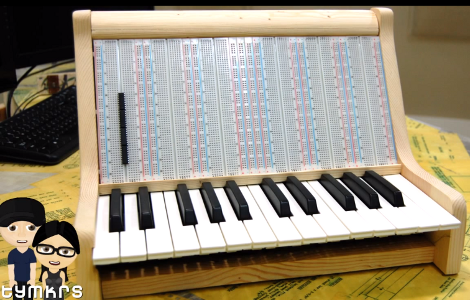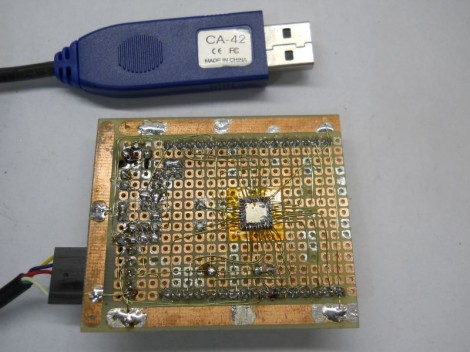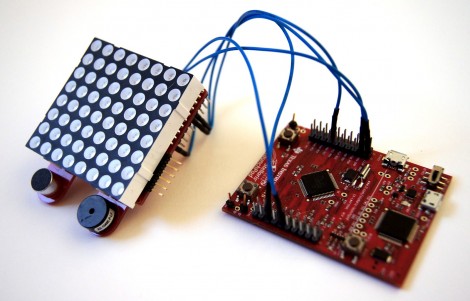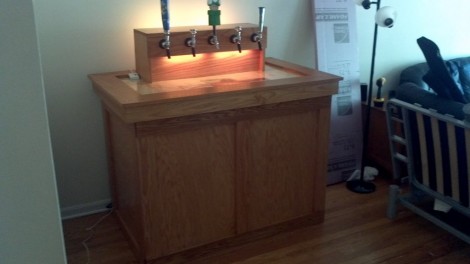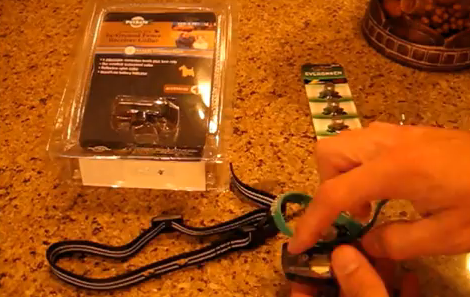
You can take the guy out of the frat house, but you can’t take the frat house out of the guy. [Evan Flint] proves this with his incessant need to have a beer pong game at all of his parties. But now that he’s growing up, and living in nicer places, he doesn’t necessarily want to have the oft-messy game in his home. So he found an electronic solution to his problem. Electropong is like an electronic dart board for playing beer pong. You won’t find beer in the cups, but you’ll still find plenty of fun.
The game includes the triangle of cups that makes up a traditional playing area. In the bottom of each cup is an RGB LED that will keep track of each player’s hits by lighting the cup in that team’s color. Illuminated buttons provide a way to control the game, with an LED marquee to read out the score.
[Evan] mentions some difficulty in recreating the physics of a cup full of beer. He says he overcame the challenge, but alas, there are no details on how. We’ve asked him to update his post so check back for more info.

